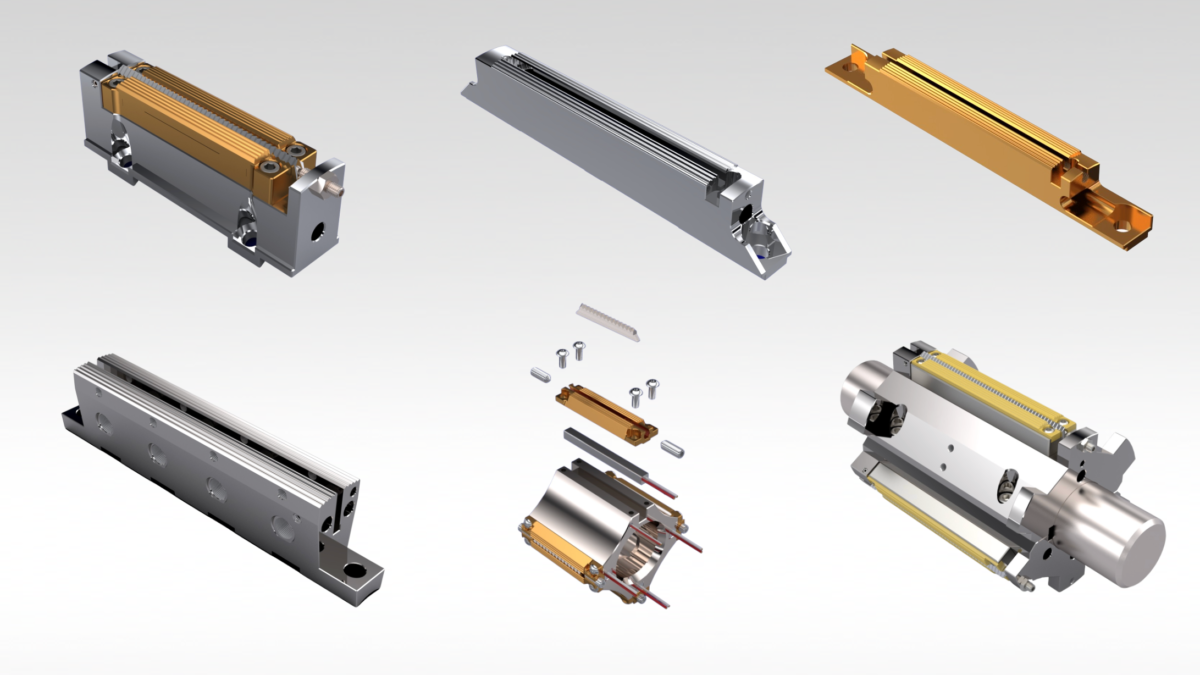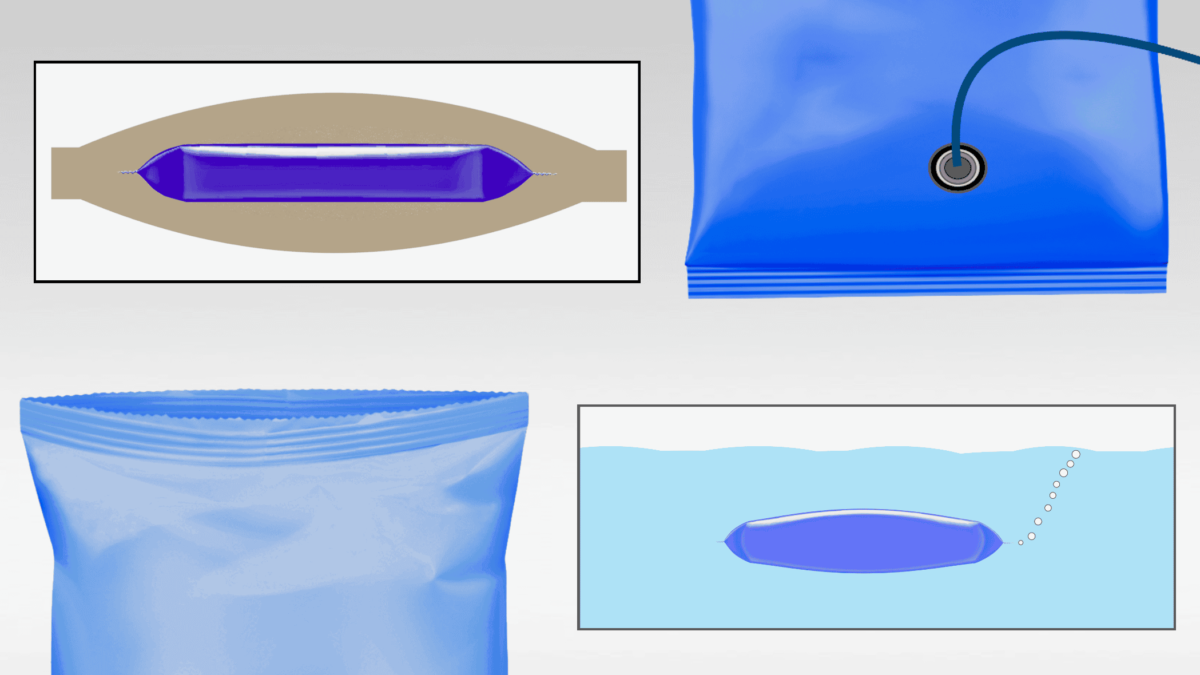When cutting problems delay production, quick fixes are often used to get flow wrappers up and running again. But instead of saving a few minutes of downtime, these shortcuts can cost you hours of production time.
This Greener Tech Bite identifies common quick fixes that bypass standard knife adjustment procedures. Their immediate and cumulative effects cause well over half of the cutting and sealing problems that we encounter.
Clearance & Pressure
Clearance is the narrow gap or space between the upper and lower sealing jaw serrations. It should be adjusted when the jaws are set up—before knives and anvils are installed—and be just wide enough to create an interference fit for a double thickness of film.


Adjusting spring pressure doesn’t change this gap. Spring pressure provides the resistance and tension applied by the jaw serrations to create the seal and the force for the knife to cut against the anvil.
Clearance is frequently mistaken for spring pressure and adjusted as a shortcut to solve cutting problems. But this is not a good option. It’s not uncommon for an improper clearance adjustment to cause a cascade of cutting and sealing problems that cost multiple shifts of lost production.
We can’t overstate the importance of proper clearance adjustment: NEVER use clearance to adjust a knife.

Temperature
Another common shortcut when cutting issues arise is to increase the heat, which can expand the height of the knife and anvil enough to cut. These temperature changes may be fine in the short term, but they are meant to be temporary, to get through the shift.
The problem with this shortcut is that the temperature often does not get reset, and the root causes of the cutting issue are not addressed. The effects of these and subsequent quick fixes accumulate and cause additional cutting and sealing problems.

If the knife fails again, even with the extra heat, the mechanic might decrease clearance until the knife cuts. They may not realize, however, that the intermittent crushed and split seals that develop soon after are caused by the incorrect heat and clearance adjustments.
In this case the fastest and least expensive strategy would have been to readjust or replace the knife and anvil when the problem first appeared.

Knife Adjustments
Taking the time to follow these standard knife adjustment procedures, even during production, will produce the highest outputs and best package quality.
• Set up the sealing jaws first.
• Clean the jaws, including the slots, before installing knives and anvils.
• Change knives and anvils together.
• Use fewer, thicker, high-quality shims.
• Remember that temperature impacts knife adjustments.
• Optimize and standardize knife designs.

When to Adjust and When to Replace
If you follow standard procedures and a knife still won’t cut without excessive pressure or banging, stop making adjustments. The best solution is to replace the knife and anvil.
If you can’t adjust a new knife to cut without banging, don’t continue. There are likely other, underlying conditions that should be corrected such as worn springs or worn bearings.

Technical Support



If you’d like recommendations for improving your knife adjustments, send us samples or photos of used anvils and contact Greener Corporation. We develop and deliver full process solutions, worldwide.



